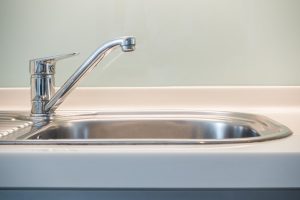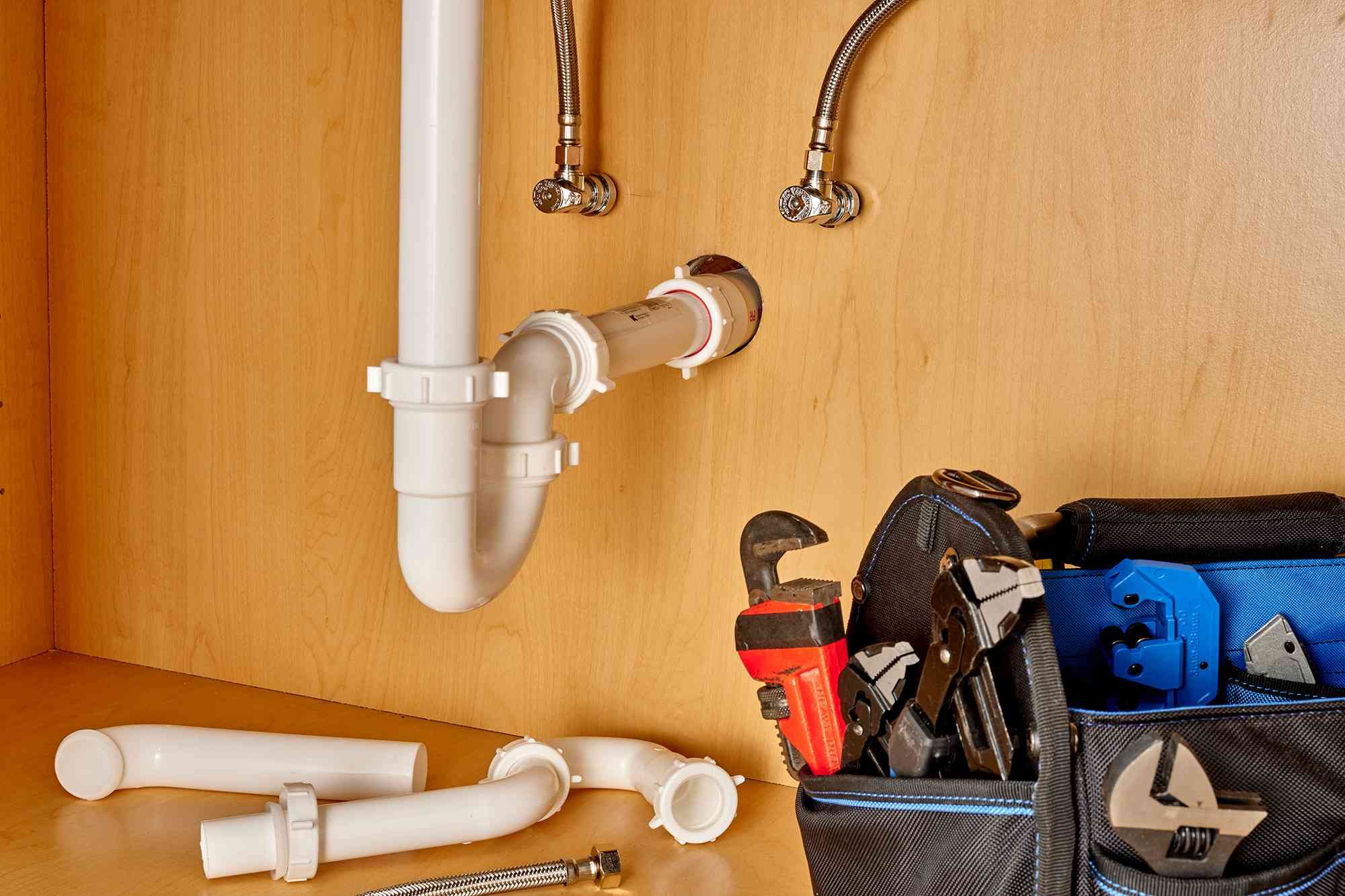Deciphering the Core Concepts of Home Plumbing: A Beginner's Overview
Deciphering the Core Concepts of Home Plumbing: A Beginner's Overview
Blog Article
In this article further down you can find some superb information and facts with regards to Understanding the Basics of Your Home's Plumbing System.

Plumbing is an important facet of any type of home, in charge of supplying clean water for drinking, food preparation, and bathing, as well as eliminating wastewater safely. Understanding the fundamentals of home plumbing is crucial for each homeowner to make sure proper maintenance, troubleshooting, and, if needed, repairs. In this novice's overview, we'll cover the essential ideas of home plumbing to aid you become much more aware of exactly how it works.
Water System
The supply of water system brings tidy water right into your home from a metropolitan water resource or a personal well. It includes a main water line that attaches to your home's plumbing system, typically situated underground. A water meter gauges the quantity of water taken in, while a shut-off shutoff enables you to manage the circulation of water right into your home.
Plumbing Fixtures
Plumbing fixtures are tools that deliver water to various parts of your home and consist of sinks, faucets, bathrooms, showers, bathtubs, and home appliances such as dish washers and washing makers. Each component is connected to the water system system via pipes and installations and may have its shut-off valve for maintenance or emergency situations.
Water Heating Unit
The water furnace is accountable for heating water for domestic usage, including bathing, food preparation, and cleaning. Common sorts of hot water heater include tank-type water heaters, tankless (on-demand) water heaters, and heatpump water heaters. The hot water heater is linked to the supply of water system and delivers hot water to plumbing fixtures as required.
Drainage System
The drain system gets rid of wastewater from your home and lugs it away to a sewer therapy facility or septic system. It contains a network of pipelines, installations, and components that move wastewater from plumbing components to the primary drain line or septic system. Correct drainage is essential to stop blockages, backups, and sewer leakages.
Air flow System
The ventilation system helps preserve appropriate air pressure and prevent sewer gases from entering your home. Vent pipelines, also known as air vent heaps, expand from plumbing fixtures to the roofing, allowing sewer gases to escape securely outdoors. Air flow pipelines also allow air to go into the water drainage system, promoting smooth wastewater flow and protecting against suction or vacuum cleaner results.
Common Plumbing Devices
Having the right tools handy is necessary for carrying out standard plumbing repair work and maintenance jobs. Usual plumbing tools consist of flexible wrenches, pipe wrenches, pliers, pipeline cutters, hacksaws, plungers, augers (or drain serpents), and Teflon tape. Having these devices readily available can assist you take on minor plumbing concerns efficiently.
Standard Plumbing Repair Services
While some plumbing repair services might call for specialist aid, several usual problems can be attended to with standard DIY methods. Discovering how to repair a leaky tap, unblock a drain, change a bathroom flapper, or fix a dripping showerhead can save you time and money on plumbing repair work.
Verdict
Understanding the basics of home plumbing is important for each house owner to keep a secure, useful, and reliable plumbing system. By acquainting on your own with the water supply system, plumbing fixtures, water drainage system, air flow system, typical plumbing devices, and basic repair services, you can confidently attend to small plumbing problems and guarantee your home's plumbing system operates smoothly.
Plumbing for Beginners: A Comprehensive Guide
If you’re a beginner when it comes to plumbing, don’t worry; you’re not alone. Plumbing may seem intimidating, but with the right knowledge and a little practice, you can handle many common plumbing issues on your own. In this comprehensive guide, we will demystify the world of plumbing for beginners, providing you with the basic knowledge and skills needed to tackle common plumbing problems and even take on some DIY plumbing projects.
The Importance of Basic Plumbing Knowledge for Beginners:
First and foremost, basic plumbing knowledge gives you a solid foundation. It helps you grasp the key concepts and terminology that are essential in this field. By learning the basics, you’ll be able to build upon that knowledge and tackle more complex plumbing tasks in the future.
Having a basic understanding of plumbing also enables you to handle common issues that may arise in your home. Picture this: a leaky faucet or a clogged drain. With some basic plumbing knowledge, you’ll have the confidence to troubleshoot and fix these problems on your own. It saves you from unnecessary expenses and the hassle of waiting for a professional to arrive.
As a beginner, learning the basics of plumbing empowers you to take care of your own home. It gives you a sense of independence and self-reliance. You’ll no longer have to rely solely on professionals for every small issue that pops up. Instead, you can handle many tasks yourself, saving time and money in the process.
Remember, everyone starts as a beginner. Embrace the learning process and take small steps to expand your plumbing knowledge. There are plenty of online resources, tutorials, and even local workshops that talk about plumbing for beginners.
Essential Tools for Plumbing for Beginners
As you start your plumbing journey, having the right tools in your toolbox is crucial. Let’s explore some of the must-have tools:
Adjustable Wrench:
This versatile tool is a staple in any plumber’s toolbox. It allows you to tighten or loosen nuts and bolts of various sizes. Make sure to have an adjustable wrench with a comfortable grip.
Pipe Wrench:
A pipe wrench is specifically designed for gripping and turning pipes. It has serrated jaws that provide a strong grip, making it easier to loosen or tighten threaded pipes and fittings.
Plunger:
The plunger is a simple yet effective tool for clearing clogged drains and toilets. It creates suction when you push and pull, helping to dislodge blockages. Keep a good-quality plunger handy for those unexpected clogs.
Pipe Cutter:
When it comes to cutting pipes, a pipe cutter is your go-to tool. It creates clean, precise cuts without damaging the pipe. Look for a pipe cutter that can handle the pipe sizes you’re working with.
Hacksaw:
A hacksaw is useful for cutting through pipes, screws, and other materials. It’s a versatile tool that can handle different cutting tasks. Remember to use a blade suitable for cutting metal.
Tape Measure:
Accurate measurements are crucial in plumbing. A tape measure allows you to measure pipe lengths, distances, and dimensions accurately. Opt for a sturdy tape measure that extends a good length.
Pliers:
Pliers come in handy for various tasks, such as gripping, bending, and cutting. Slip-joint pliers with adjustable jaws are great for gripping pipes, nuts, and bolts.

I came across that blog entry about Understanding the Basics of Your Home's Plumbing System while looking around the search engines. Sharing is caring. Helping others is fun. I recognize the value of reading our article about Understanding the Basics of Your Home's Plumbing System.
Click Here Report this page